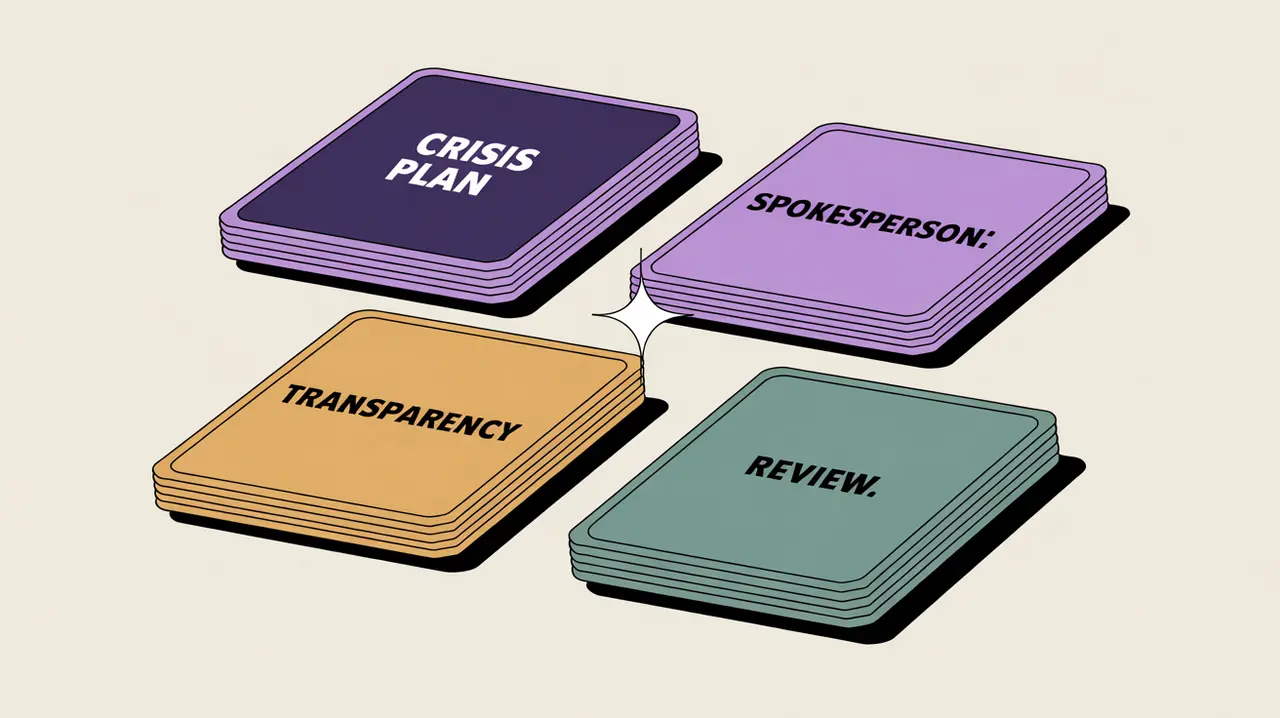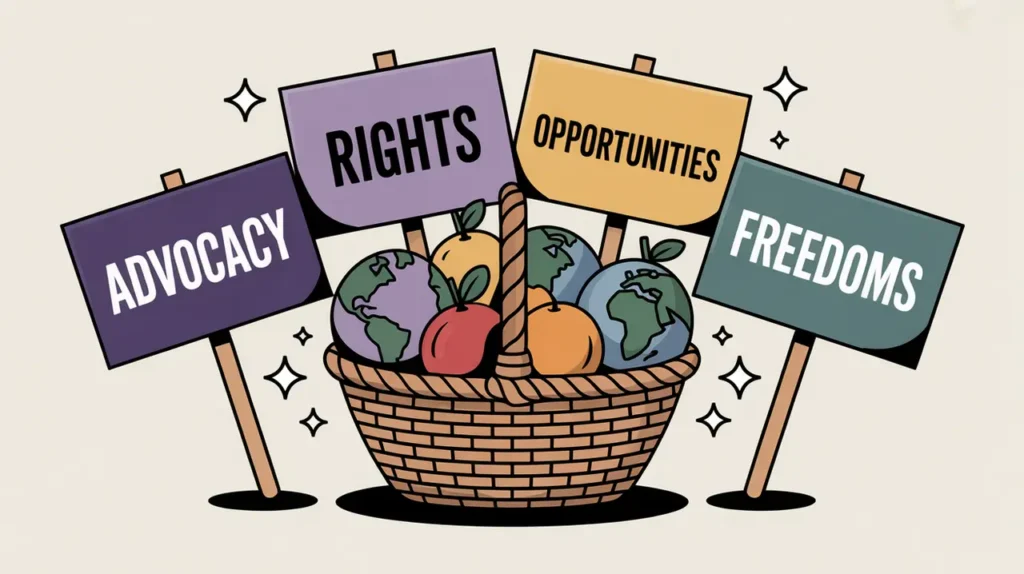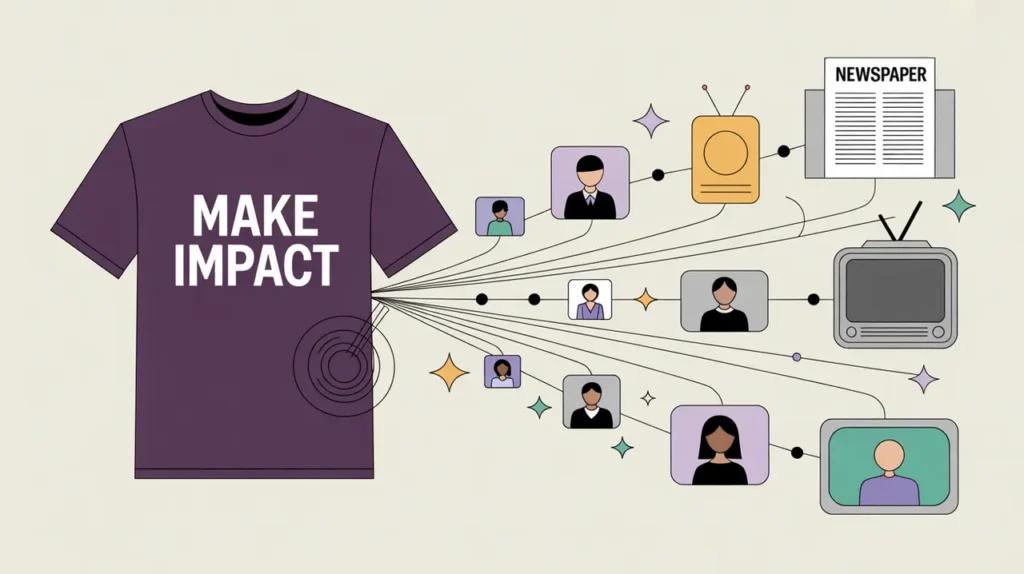What Does Crisis Communication Involve?
Crisis communication equips nonprofits to respond clearly and responsibly when unexpected events threaten operations, reputation, or trust. Crises can include scandals, data breaches, program failures, natural disasters, or external shocks that affect beneficiaries and stakeholders. The goal is to provide accurate information quickly, reduce uncertainty, and preserve credibility while guiding the organization toward stability.
In practice, crisis communication involves preparing response plans before a crisis occurs, identifying spokespersons, and crafting protocols for media, staff, donors, and community updates. During a crisis, it requires real-time coordination, careful message framing, and transparent reporting of facts and corrective actions. After the crisis, organizations must debrief, evaluate performance, and strengthen systems for resilience.
When nonprofits lack crisis communication capacity, even minor issues can escalate into reputational harm or loss of trust. Strong performance in this area helps organizations navigate turbulence while reinforcing accountability and commitment to mission.
What Competencies are Associated with this Role?
Crisis communication combines strategic clarity with agility. Competencies include:
- Developing and maintaining crisis communication plans
- Conducting scenario planning and simulations
- Preparing and briefing spokespersons
- Drafting holding statements and rapid-response materials
- Managing media relations under pressure
- Monitoring coverage and public sentiment in real time
- Coordinating internal and external communication flows
- Ensuring transparency and credibility in updates
- Managing sensitive information with discretion
- Leading post-crisis reviews and learning processes
How Might AI and Automation Help this Role?
AI and automation can increase speed, monitoring, and insight in crisis contexts. Opportunities include:
- AI-powered media monitoring and sentiment analysis
- Automated alerts for anomalies or spikes in coverage
- Generative AI to draft rapid response statements and FAQs
- Natural language tools to localize crisis updates across languages
- Predictive analytics to anticipate potential crisis scenarios
- Automated communication channels (chatbots, SMS blasts) for stakeholder updates
- Real-time dashboards integrating news, social media, and internal data
- AI-assisted evaluation of post-crisis communications effectiveness
What are the Roles by Experience Level?
Crisis communication roles scale from tactical support to strategic leadership:
- Entry: Communications Assistant, Crisis Response Associate – monitor news, draft updates, support media tracking
- Mid: Communications Officer, Crisis Specialist – manage day-to-day crisis comms, prepare materials, coordinate updates
- Senior: Communications Manager, Crisis Response Lead – oversee strategy during crises, brief executives, manage media relationships
- Executive: Director of Communications, Chief Communications Officer – set organizational crisis protocols, represent the organization externally, lead post-crisis reviews
How Transferable are the Skills from this Role?
Crisis communication skills transfer directly into leadership, corporate communications, risk management, and public affairs. Within nonprofits, they prepare staff for executive communications and governance roles. Beyond the sector, they align with careers in corporate PR, government crisis management, and emergency response agencies. The ability to stay calm, clear, and credible under pressure is valued across every field.







